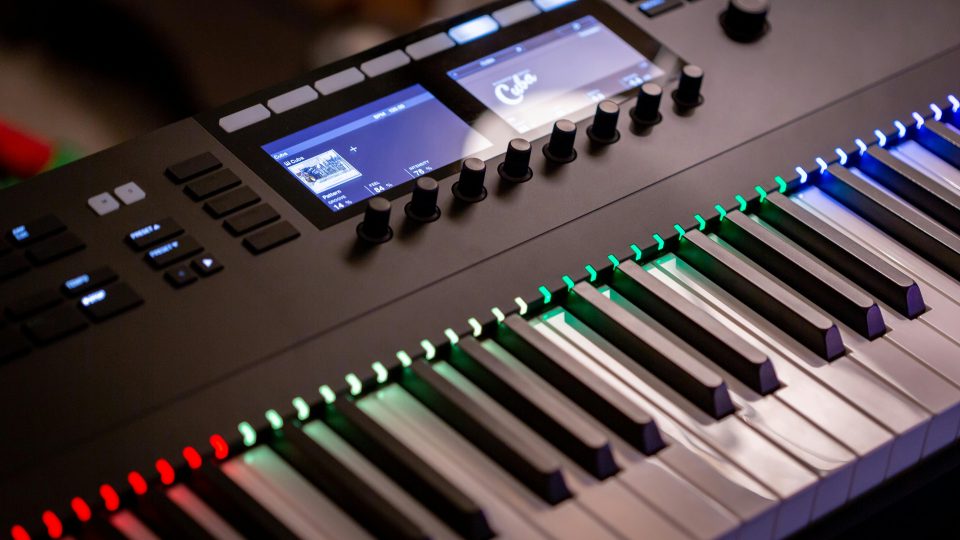Sound Design vs Arrangement Sessions
Making music often involves involves putting your work-in-progress tracks through distinct phases and sessions. Two of these crucial stages are ‘sound design’ and ‘arrangement’ sessions. Each each of these sessions contributes uniquely to the final composition, serving as pillars that uphold your artistic vision.
Sound Design Sessions:
Sound design sessions are pivitol in defining the scope of the music producer’s sonic range. This phase is an exploration into the realms of timbre, texture, and tonality. In these sessions, producers tweak synthesizers, samplers, and audio processing tools, sculpting raw sounds into bespoke audio elements. The objective is to create a palette of unique and engaging sounds that will contribute to the sonic identity of the composition.
- Timbral Exploration: Sound design sessions are an opportunity for producers to experiment with timbral possibilities in a creative sandbox. By manipulating oscillators, filters, and modulation sources, they can craft distinctive tones that resonate with the mood and genre of the track.
- Textural Crafting: Texture plays a pivotal role in the emotional impact of music. Sound designers focus on layering, blending, and processing sounds to create rich textures that add depth and complexity to the sonic indentity.
- Instrumental Characterization: Crafting signature sounds for instruments is a crucial aspect of sound design sessions. Whether it’s a unique synth lead, a punchy drum kit, or atmospheric pads, defining the character of each instrument sets the stage for the subsequent arrangement.
Arrangement Sessions:
Once the sonic foundations are laid, producers can transition into arrangement sessions. This phase is akin to the architectural design of a musical piece, where the elements sculpted in sound design sessions find their place in a cohesive structure.
- Structural Framework: Arrangement sessions involve defining the overall structure of the composition. This includes determining the arrangement of verses, choruses, bridges, and other sections, creating a dynamic journey for the listener.
- Rhythmic Pacing: The rhythmic flow of a track is finely tuned during arrangement sessions. Producers decide when to introduce or withdraw elements, building tension and release throughout the composition.
- Melodic Storytelling: Melodies take center stage in arrangement sessions. Producers work on the interplay between different melodic elements, ensuring a compelling narrative that captures the listener’s attention and emotions.
- Dynamic Variation: Arrangement sessions allow for dynamic variations in intensity and energy. From subtle breakdowns to explosive peaks, producers strategically arrange elements to maintain interest and engagement.
In the grand scheme of music production, both sound design sessions and arrangement sessions are necessary to create your vision. Sound design lays the foundation with its sonic exploration, while arrangement provides the structure and narrative. The interplay between these two phases is where the magic happens, as producers sculpt, arrange, and breathe life into their musical masterpeices.
Remember – RouteNote Create subscriptions start from as little as $2.99. You also get 10 FREE credits to spend on samples along with access to our FREE sample pack bundle when you sign-up!
